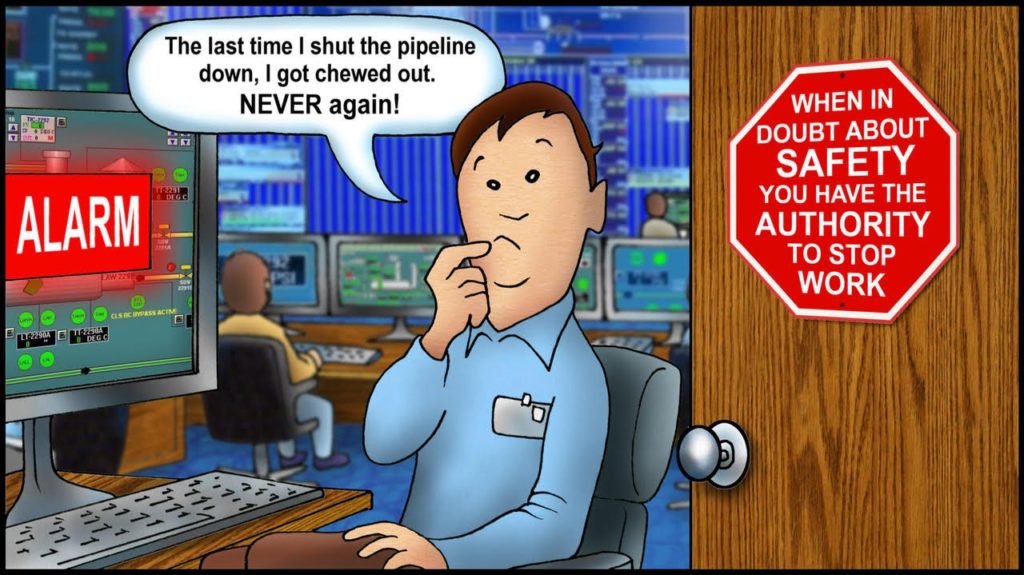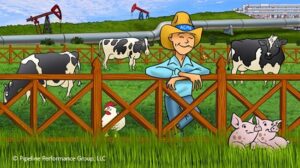What is normal in your workplace? What are the mostly nonwritten rules and behaviors dictated and followed by the majority of the group? I remember a B.C. cartoon from a few years ago that defined norms as “a set of social interactions that the largest number of people deem to be the least insane.”
A simple indicator of norms is how people dress at work. In some control rooms, most everyone wears caps; others forbid the wearing of caps on day shift, but not on night shift. There may be norms about other clothing. Companies may issue guidance on appropriate clothing, and individuals chafe against any imposed requirements they deem ‘insane’. Anyone who dresses differently than the norm is treated differently by their colleagues until they either conform or make it plain they will not conform. Thus, the norms are defined or modified. And this simple example is relevant to other norms.
A more serious norm is how shift change is conducted. Through the years I have observed many shift changes using a “Shift Change Observation Checklist” we developed. Positive norms during shift change would include a complete conversation, the use of a shift change checklist to guide the conversation, a ‘walk-through’ of the SCADA displays and alarm summary, a review of logs and other written information, and a discussion of current and upcoming events. Negative norms during a shift change would be a quick exchange and cursory examination of the displays, followed by an “I’ve got it” statement. The amount of time for an appropriate shift change may vary, but it takes longer than the few minutes that I have observed occasionally without the use of a checklist.
An even more serious norm is what to do about a suspected leak. The usual stated norm is “when in doubt, shut the pipeline down.” That is a positive norm if it is embraced not just by the people on the front lines (controllers, field operators, technicians, construction personnel), but by management at all levels. It becomes a negative norm the first time one of the people on the front lines is criticized for shutting down when there was doubt. That criticism raises concerns and people will be hesitant to shut down in the future.
The current emphasis on safety management systems and safety culture needs to contain norms that involve all levels of the organization so that people can see where their work fits. What are ways to develop good norms that contribute to excellent performance and that ensure safe operations?
- Identify the norms that are used, lived with, tolerated, and not tolerated at work throughout the organization.
- Distinguish good norms from harmful norms.
- Keep in mind the “old way” may not be the best way.
- Use your influence in the group to change the harmful norms to good ones.
- Ensure that what is posted on the wall about safety is what is actually done in practice.
- Align philosophies, policies, procedures, and practices so that behavioral norms are included.
Individuals need to practice positive norms:
- Work on removing bad behaviors, attitudes, and habits.
- When you are sure that your norms are helpful, maintain your beliefs and practices.
- Accentuate the positive, eliminate the negative.
- Be a good example for others.
THE FILTHY 15 EDUCATIONAL PROGRAM | Charles Alday © 2020 Please Distribute to Others.




